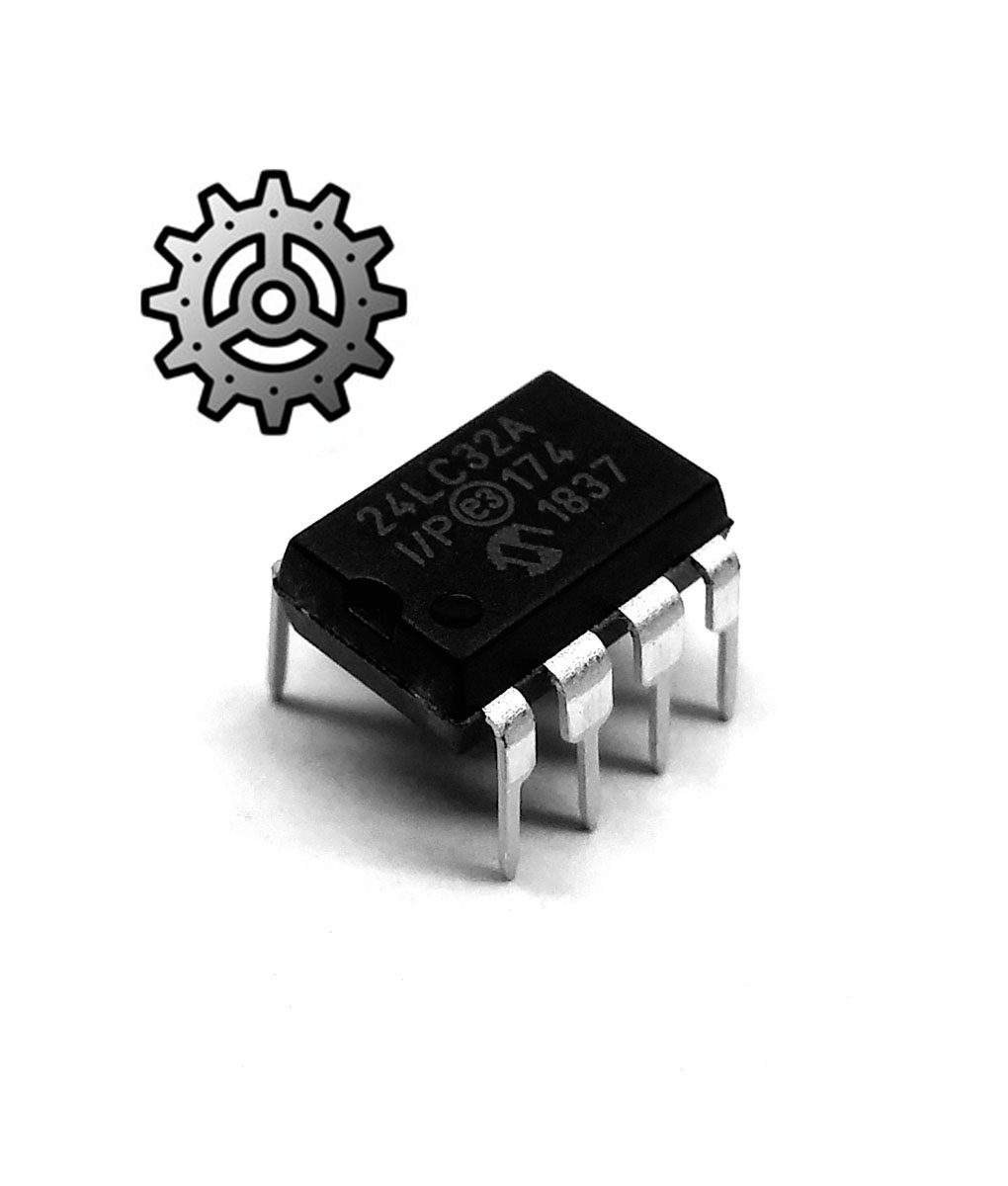djmiyta
Well-known member
Needing some input from others builders that have used the fv-1 in pedals. I understand it'll be your opinion but thats what I want. I'm looking for a usable pedal to make music not noise or sounds. I had spent too much time listening to youtube videos and getting frustrated if a pedal can't be used musically it's no good for me. Yes noisemakers can be cool but I don't like to build boxes that have only one single use. So seeing this chip was a wait for chip and I only got one I'm being particular about what to use it for. I'm open to all/any suggestions.
Thank you to whoever chimes in.
Quick note arpanoid, rainbow machine, and organizer at first I thought could be cool but not really looking for one trick ponies but I could be way off when I think of these as one trick ponies, as I've never played or owned any of these
Thank you to whoever chimes in.
Quick note arpanoid, rainbow machine, and organizer at first I thought could be cool but not really looking for one trick ponies but I could be way off when I think of these as one trick ponies, as I've never played or owned any of these


